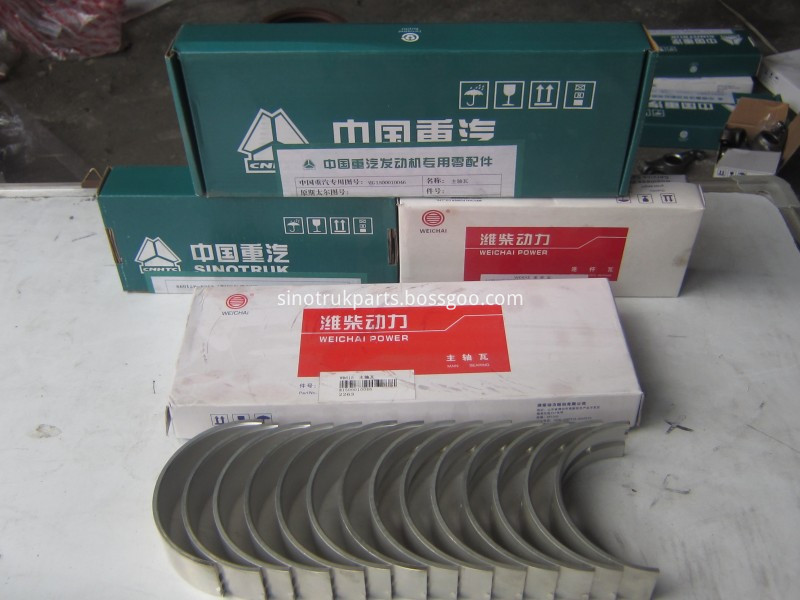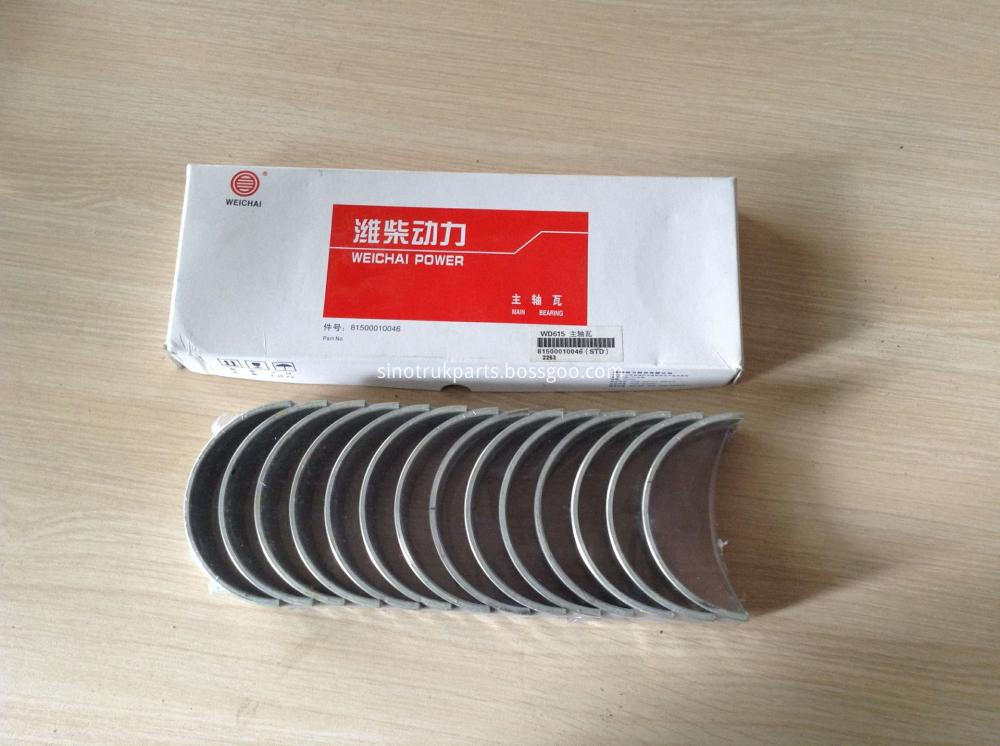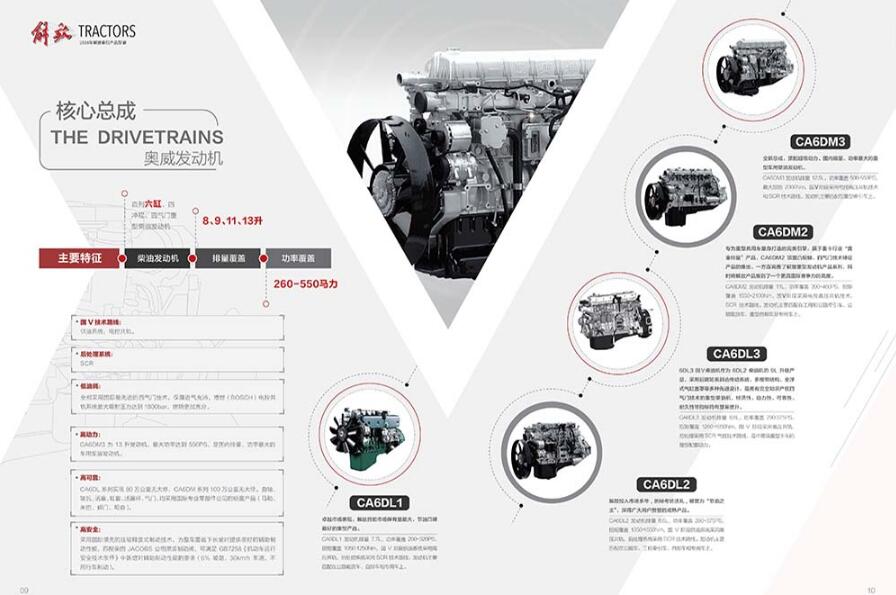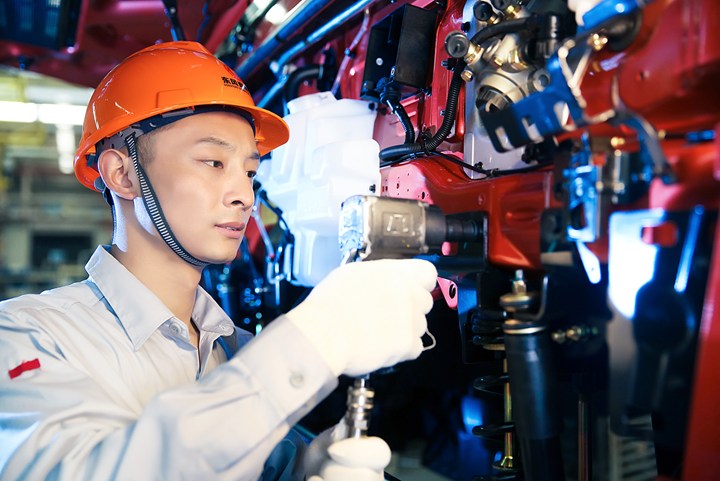A new method to realize the compensation of the tooling of the three-axis linkage EDM machine in the imitation milling process Liu Dekai, Jing Jingyu, Hu Dejin (Shanghai Jiaotong University, Shanghai 200030). The function of the tool compensation is realized by the calculation method of the trigonometric function. The method has the advantages of simple operation and high precision, and can be used in the CNC system of the electric discharge machine||bed. The principle of EDM is based on the corrosive phenomenon of impulsive spark erosion between the electrode and the workpiece to remove excess metal to meet the predetermined processing requirements for the size, shape and surface quality of the part. Conventional EDM machines are used for forming processes, and tool electrodes complementary to the workpiece to be machined must be fabricated prior to machining. The tool electrode can be made of copper, copper alloy or graphite with good processability, but in general, its shape is complicated, and the processing cycle and difficulty are relatively large. According to the statistical processing time and processing cost of the electrode to account for more than half of the total processing time and total processing costs, so EDM imitation milling processing came into being. EDM imitation milling is the use of simple shaped electrodes such as rod electrodes], through the numerical control imitation milling method for three-dimensional contour EDM. The emergence of EDM imitation milling technology has brought about tremendous changes to traditional EDM. First, the design and manufacturing process of the formed electrode is omitted. Secondly, because the simple shape electrode is used in the machining to perform the machining under the control of the numerical control system, the processing stability and processing quality of the complex cavity will be greatly improved. As is well known, the trajectory of the control electrode movement of the system is actually the trajectory of the center of the electrode. The offset must be made due to the presence of the electrode radius. When machining the outer contour, it is necessary to offset the outer radius of the electrode by an electrode radius. When machining the inner contour, one electrode radius must be offset within the contour. In a sense, a CNC system without tool compensation has no practical value. In the following, the author assists a CNC system software of three-axis linkage EDM machine based on Gugao motion control card developed by Shanghai Electronic Equipment Co., Ltd., and gives a new algorithm that can realize tool compensation. The operating platform used in this CNC system is the PC 1 system. The system is a master-slave system consisting of an industrial control computer and an embedded axis control card. The host computer is an industrial control computer (CPU adopts Intel586TM, the main frequency is 100MHv), and the slave is the DSP subsystem of the axis control card (main frequency 40MHv). The main CPU is mainly composed of real-time or non-real-time requests such as simulation, analysis, window display, interactive operation interface and communication. From the CPU, the DSP is responsible for real-time requests such as PID (proportional, integral and derivative) control algorithms, interpolation algorithms, and I/O processing. The memory communication mode is adopted between the master and the slave. The system structure is shown. 圄1 system structure 圄 universal input port is used to accept external signals, such as: liquid level, oil temperature, etc. The universal output port is used to control various electromagnetic reversing valves. The discharge state detects whether the discharge is normal. If a short circuit occurs or the arc is pulled, it will retreat along the original machining path. If the discharge is normal, continue processing until the processing is completed. The system uses a timing lift to allow the working fluid to carry away the electrical corrosion. 2 The key technology of tool compensation for imitation milling first introduces the tool radius compensation mechanism of CNC system. There are two types of tool compensation mechanisms for CNC systems: B-function tool radius compensation and C-function tool radius compensation. In the case of B-function tool radius compensation: The tool center path after tool radius compensation during linear interpolation is a straight line parallel to the original line, and the distance between the two lines is the radius of the tool. Therefore, it is only necessary to calculate the starting point and end point coordinate values ​​of the tool center trajectory; in the arc interpolation, the center trajectory after the tool compensation is an arc concentric with the part contour arc and the distance between the two arcs in the radial direction is the tool radius. Therefore, only the starting point of the arc after the tool radius compensation, the end point coordinate value and the arc radius value after the tool radius compensation are calculated. Only the CNC system with B-function tool compensation is of no value in practical use. Because it does not consider some special cases after tool radius compensation, the so-called special case refers to the occurrence of discontinuities or intersections between the tool center trajectories of two adjacent programs. This is to introduce C function tool radius compensation. The difference between C function tool radius compensation and B tool radius compensation is that C function tool radius compensation can predict the influence of the next section of machining path caused by tool radius compensation on the machining path of this section. Therefore, in order to realize the C function tool radius compensation, it is necessary to calculate the program trajectory of this section, read the next section of the program ahead of time, and then obtain the tool center trajectory of this section according to the specific conditions of their transfer. For the numerical control system with linear and arc tool compensation function, the programming trajectories of the adjacent two ends are different from the following types of transition wires: straight line to straight line; straight line to arc; arc to straight line: arc to arc. The transition types at the adjacent ends are of the shortened type and the inserted type. in (Finish)
The Engine Parts cover all the brand engine parts in China. Our main product cover: WEICHAI/FAWDE/SDEC/DEUTZ/YUCHAI/CUMMINS/QUANCHAI/PERKINS/CHANGCHAI and also some gearbox brand like QIJIANG/FAST/QJGT/ZF. We can provide you the realiable quality and best price truck parts to maintance your after market service. Our main product:
- engine parts; cylinder liner, piston, piston ring, oil seal, connection rod bearing, starter, injection pump, oil pump, water pump, air filter, oil filter and fuel filter;
- gearbox parts; gear, PTO, shaft and bearing.
Weichai Engine Parts,Weichai Small Engine Parts,Weichai Engine Components,Weichai Car Engine Parts Jinan JF Co., Ltd , https://www.jfsinotruk.com




